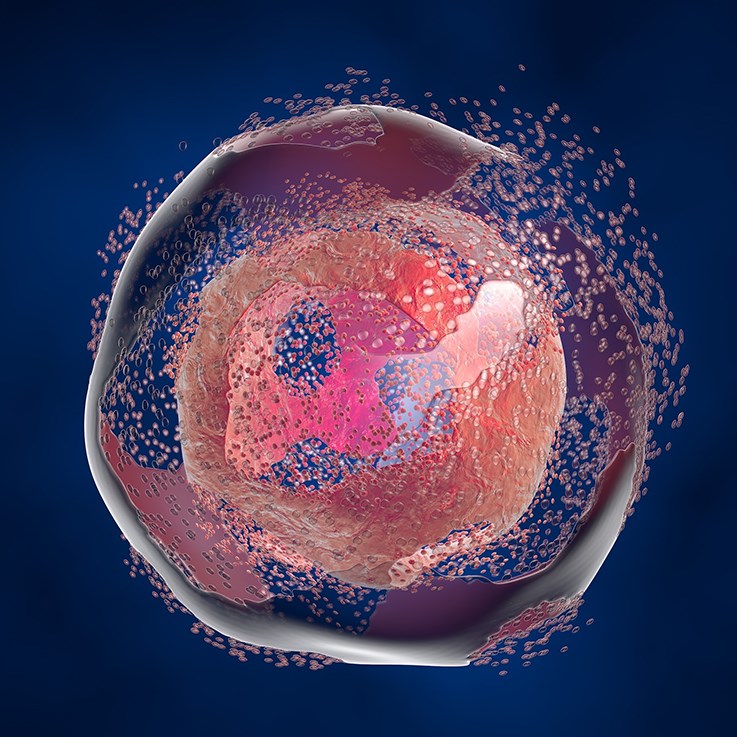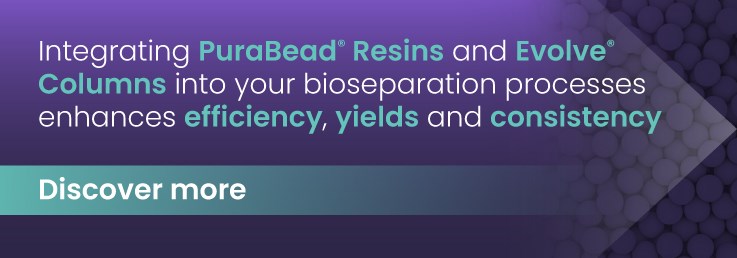In biopharmaceutical manufacturing, impurities introduced during expression and production must be carefully controlled to ensure the safety, efficacy, and regulatory compliance of the final product. Two of the most critical classes of impurities are host cell proteins (HCPs) and product-related aggregates, both of which present unique challenges in purification workflows.
Host cell proteins (HCPs) encompass the wide range of soluble proteins produced by the host expression system in addition to the target biopharmaceutical. Depending on the system used, HCPs may be present at very high concentrations and can share similar physicochemical properties—such as size, polarity, or isoelectric point—with the therapeutic protein itself. Their presence is a significant concern due to the risk of adverse immune reactions, which requires reducing HCPs to minimal, tightly regulated levels. Removal often relies on mixed-mode chromatography resins that combine hydrophobic and ionic binding regions. However, achieving selectivity is challenging because these resins frequently interact with both HCPs and the product, demanding careful optimization.
Aggregates, on the other hand, are product-related impurities that form when therapeutic proteins self-associate during cell culture, purification, or storage. Even at low levels, aggregates can reduce therapeutic efficacy and increase immunogenicity, raising significant safety concerns. Like HCPs, aggregates are difficult to separate because they can resemble the monomeric product in size or charge. Mixed-mode ligands are also used here, taking advantage of subtle differences in hydrophobicity or ionic interactions to preferentially retain aggregates. However, these approaches require fine-tuned process conditions to remove aggregates without compromising yield or product integrity.







